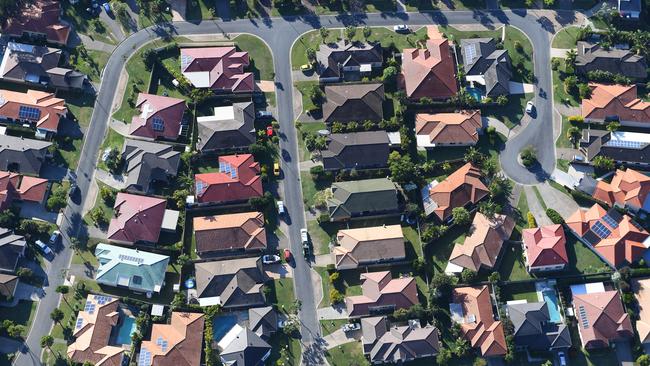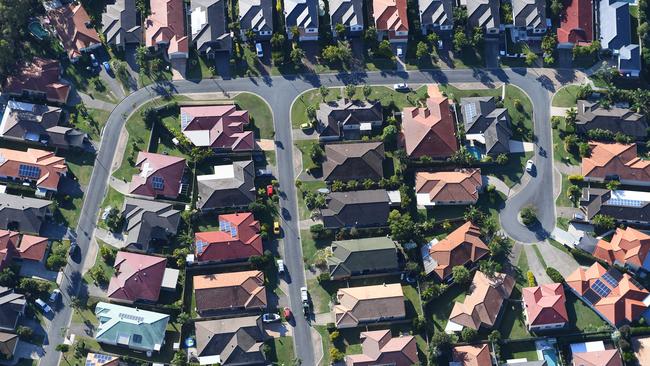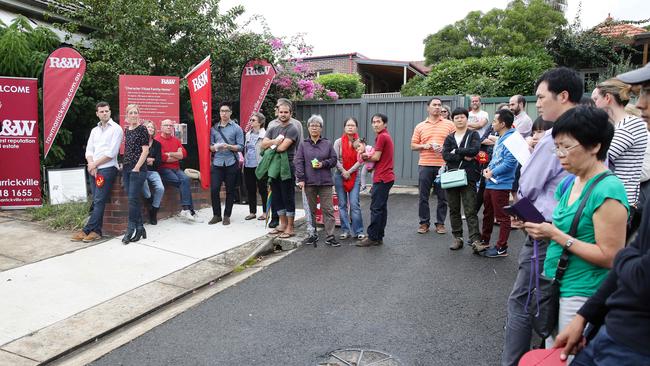Not a mortgage cliff, it’s a speed bump
Gloomy prospects for the residential property market hinge on the increased mortgage rates next year, but the doom is exaggerated.

The RBA delivered its eighth rate hike in a row this week, taking the cash rate to a ten-year high of 3.10 per cent.
News of the hike dominated headlines, and it fed further fodder to those predicting Armageddon when fixed rate mortgages roll off next year and the year after: the so-called ‘mortgage cliff’.
On top of that, the RBA board again noted it “expects to increase interest rates further over the period ahead”.
I believe the fears are worse than the reality, however it’s worth exploring the predictions of impending doom as a meaningful number of mortgage holders, who took out cheap fixed-rate products in 2020 and 2021 – many relying on the RBA’s prediction of ultra-low rates until 2024 – migrate onto already-higher variable rates.
The majority of mortgage holders are on variable rates. While the Term Funding Facility was operating, fixed-rate mortgage rates found their way below two per cent, and at the peak, 47 per cent of monthly new mortgages written were at fixed rates.
Prior to the pandemic however, just 16 per cent of mortgages were written at fixed rates, and because the cheap fixed rates were only in place for a short time, the majority of existing mortgages – about 65 per cent – are on variable rates.
To gain some insights into what to expect when fixed-rate mortgages roll onto variable rates we should, in theory, be able to see what is being experienced by those on variable rates currently.
Remember, they have already been copping the rise in rates. Or have they? Well, not quite.
The average owner-occupier standard variable rate offered by the big four banks was 3 per cent at the commencement of the pandemic, fell to nearly two per cent in April this year, and is now at just under five per cent.
You see, there’s a lag between the RBA’s rate rises and the impact on a homeowner or property investor‘s mortgage payments.
Interest accrues from the date of a lender’s effective rate change. This is often a fortnight after any increase in the cash rate by the RBA.

While the increase in interest is accrued from the date of the effective rate change and added to a borrower’s outstanding debt, the impact, from a borrower’s cash flow perspective, may not be felt for two to three months after the RBA’s decision.
Perhaps even more importantly, when thinking about how long it takes the prior rate hikes to flow through into mortgage repayments, there’s the combination of those fixed-rate mortgages rolling off and the variable mortgage rates rising to levels where scheduled repayments rise above current actual repayments, which Australians are generally ahead on.
It is estimated three-quarters of fixed-rate mortgages roll off mid-next year.
According to Westpac’s published Fixed Rate Mortgage Expiry Profile 67.39 per cent of fixed-rate mortgages will expire by December 2023, 87 per cent by December 2024 and close enough to 100 per cent by June 2025.
When combined with variable rate rises, some analysts expect that by the third quarter of next year, more than nine per cent of disposable income will be devoted to mortgage payments. This is above total repayments today, and according to Barrenjoey’s economists, is equal to the highs seen just prior to the onset of the Global Financial Crisis.
Of the three-quarters of fixed-rate mortgages rolling off in 2023 (remember fixed-rate mortgages are currently 35 per cent of all mortgages), most will move from an average rate of two per cent to a variable rate, that by then will take into account the RBA rate rises, those additional rate increases that may occur at the beginning of 2023 and the lags, and could be above six per cent.

Those on variable rates will also experience a jump. Of the 65 per cent of mortgages that are variable (or 84 per cent, depending on whose data you believe), many of them will see a jump in rates in the next few months that takes into account, after lags, the more recent 75 basis point rate increase between, and including, October to December.
Before crying the sky is falling in, keep in mind these folks have already experienced rates rising from 2 per cent to just under five per cent.
And currently, everything seems to be reasonably stable.
Is another 75 basis points going to tip everyone over the edge and cause a property crash? I have my doubts.
On the positive side, Australians are good at paying more on their mortgages than the scheduled minimum, and it’s estimated 35 per cent of all borrowers have prepayment buffers equal to more than two years of minimum payments and a further 25 per cent have buffers of three months to two years.
The overall impact is more likely to be felt as a change in discretionary spending rather than a collapse of the property market caused by forced sellers who cannot meet mortgage repayments.
For that reason, and because the RBA is sensitive to economic impacts, I think we’re heading towards a “speed bump” rather than the “financial cliff” proffered by the doom and gloom merchants.
Roger Montgomery is chief investment officer and founder at Montgomery Investment Management





To join the conversation, please log in. Don't have an account? Register
Join the conversation, you are commenting as Logout